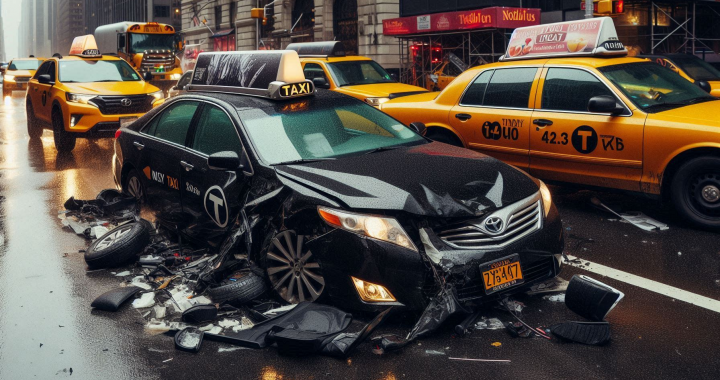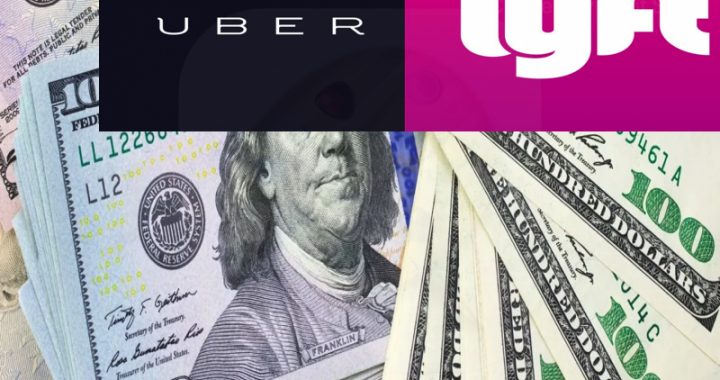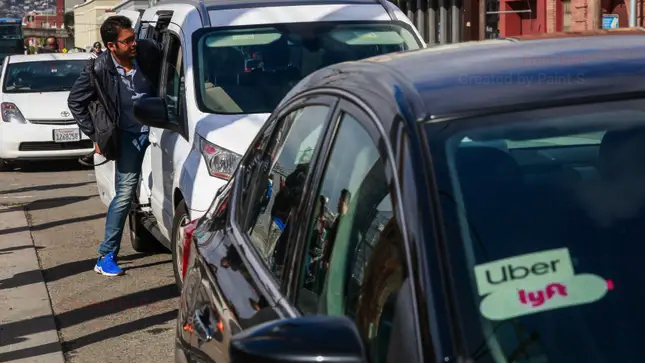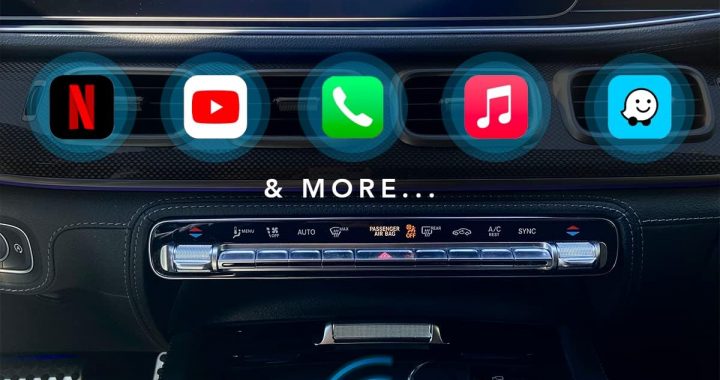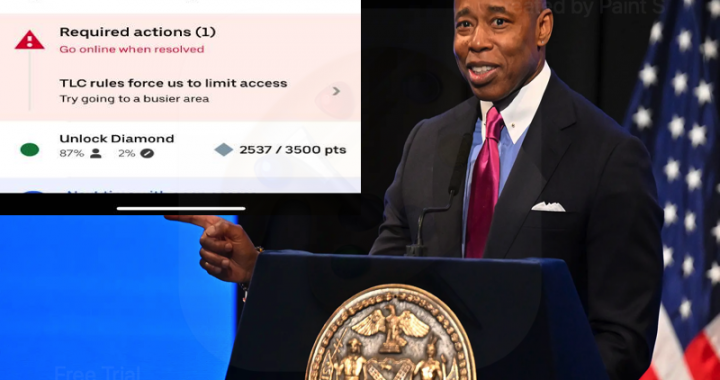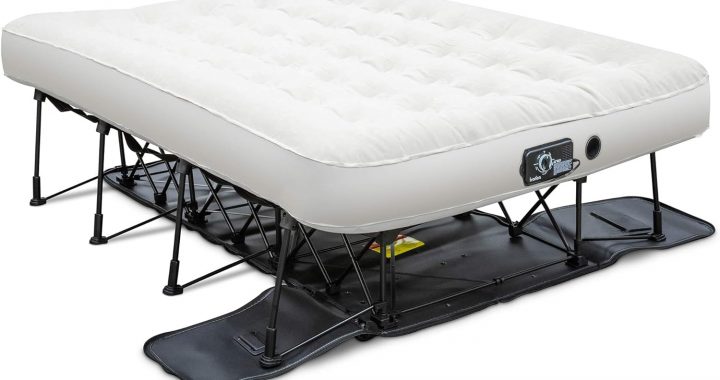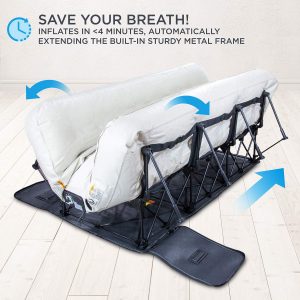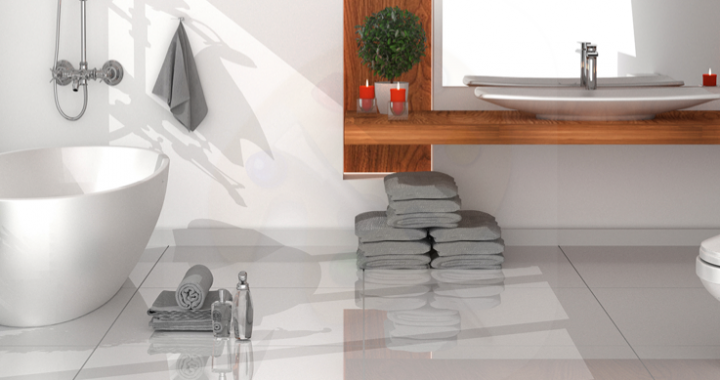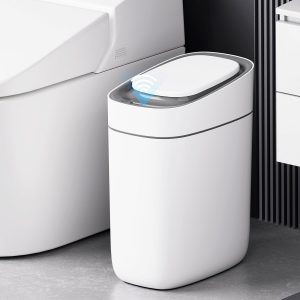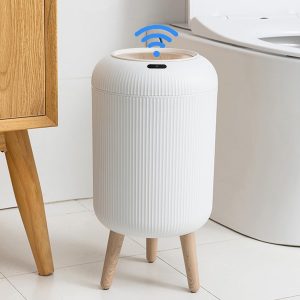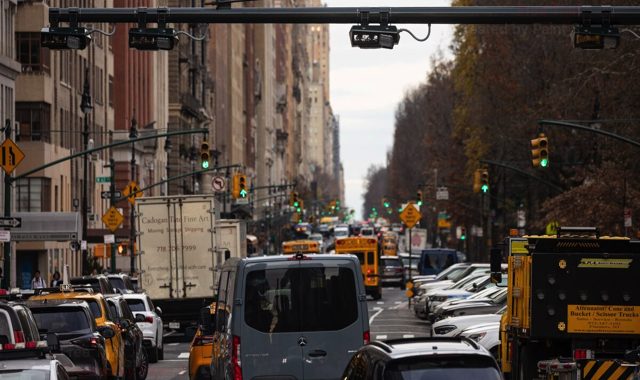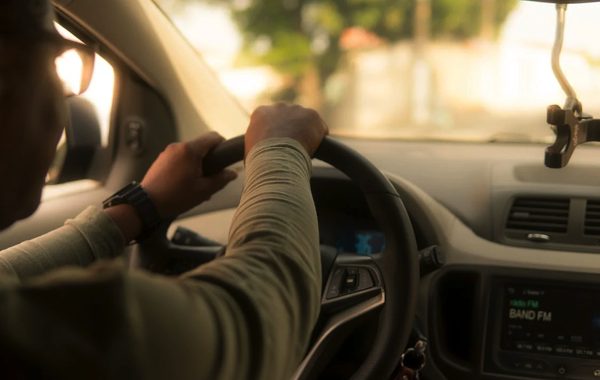Finding the right trash can for your bathroom may not seem like a significant task, but it can make a big difference in the overall cleanliness and organization of your space. With so many options available in the market, it can be overwhelming to choose the best one for your needs. In this article, we will explore the essential features to look for in a bathroom trash can and provide a list of the top models.
When selecting a bathroom trash can, it is essential to consider the size, material, and design. The size of the trash can should be appropriate for the amount of waste generated in your bathroom. The material should be durable and easy to clean, and the design should complement the decor of your bathroom. Additionally, features such as odor control, hands-free operation, and liners can enhance the functionality of the trash can.
To help you make an informed decision, we have researched and compiled a list of the best trash cans for bathrooms. Our top picks include a variety of sizes, materials, and designs to suit different preferences and needs. Whether you are looking for a sleek and modern option or a more traditional design, we have got you covered.
Why Choosing the Right Trash Can Matters
A trash can may seem like a minor detail in a bathroom, but it can make a big difference in terms of hygiene, space optimization, and aesthetic integration. Here are some reasons why choosing the right trash can matters:
Hygiene Considerations
The bathroom is a space where hygiene is of utmost importance. A trash can that is not properly designed can become a breeding ground for germs and bacteria. A good trash can for the bathroom should have a lid that closes tightly to prevent odors from spreading and to keep insects and rodents away. Additionally, it should be easy to clean and sanitize to maintain a healthy environment.
Space Optimization
Bathrooms are often small spaces, and every inch counts. A well-designed trash can can help optimize the limited space available. A compact trash can that fits under the sink or in a corner can make the bathroom feel more spacious. Additionally, a trash can with a slim profile can fit in tight spaces without obstructing movement.
Aesthetic Integration
The trash can is not just a functional item in the bathroom; it can also be a design element that complements the overall aesthetic of the space. A trash can that matches the bathroom decor can enhance the visual appeal of the room. Additionally, a trash can with a sleek and modern design can add a touch of sophistication to the bathroom.
Choosing the right trash can for the bathroom can have a significant impact on hygiene, space optimization, and aesthetic integration. By considering these factors, it is possible to find a trash can that is both functional and stylish.
Key Features of a Superior Bathroom Trash Can
When it comes to choosing a bathroom trash can, there are several key features to consider. A superior bathroom trash can should be durable, functional, and easy to clean. Here are some essential features to look for when selecting a bathroom trash can.
Material Durability
The material of the trash can is an important factor to consider when selecting a bathroom trash can. A superior bathroom trash can should be made of durable materials that can withstand daily use. Stainless steel and plastic are two common materials used for bathroom trash cans. Stainless steel is durable and easy to clean, while plastic is lightweight and affordable.
Lid Mechanisms
The lid mechanism is another important feature to consider when selecting a bathroom trash can. A superior bathroom trash can should have a lid that opens and closes smoothly and quietly. Some models have a foot pedal that allows for hands-free operation, while others have a manual lid that requires lifting. A lid that seals tightly can help prevent odors from escaping.
Size and Capacity
The size and capacity of the bathroom trash can are also important factors to consider. A superior bathroom trash can should be large enough to hold a day’s worth of trash, but not so large that it takes up too much space in the bathroom. The capacity of the trash can should be appropriate for the size of the bathroom and the number of people using it.
Ease of Cleaning
Cleaning a bathroom trash can can be a messy and unpleasant task. A superior bathroom trash can should be easy to clean and maintain. Models with smooth surfaces and removable liners make cleaning a breeze. Some models even have a self-cleaning feature that helps keep the trash can clean and odor-free.
Odor Control
Odor control is an important feature to consider when selecting a bathroom trash can. A superior bathroom trash can should have a lid that seals tightly to prevent odors from escaping. Some models have a carbon filter that helps absorb odors, while others use scented liners to mask unpleasant smells.
By considering these key features, you can select a superior bathroom trash can that meets your needs and keeps your bathroom clean and odor-free.
Top Bathroom Trash Can Models
When it comes to choosing the best trash can for your bathroom, there are many options available on the market. Here are some of the top models that offer essential features for a clean and organized bathroom.
Hands-Free Trash Cans
Hands-free trash cans are perfect for those who want to keep their hands clean and avoid touching the lid. These trash cans usually have a foot pedal or motion sensor that opens the lid automatically. The simplehuman 45 Liter Semi-Round Sensor Can is a popular option that has a motion sensor and a slim design that fits in tight spaces.
Slimline Models
If you have a small bathroom or limited space, a slimline trash can may be the best option for you. These trash cans are designed to be narrow and tall, so they can fit in tight spaces. The Umbra Skinny Trash Can is a popular choice that has a sleek and modern design. It is available in various colors and has a capacity of 2 gallons.
Decorative Trash Cans
For those who want to add a touch of style to their bathroom, decorative trash cans are a great option. These trash cans come in various designs and colors that can match your bathroom decor. The mDesign Decorative Round Trash Can is a popular option that has a bronze finish and a capacity of 3 gallons.
Eco-Friendly Options
If you are looking for an eco-friendly option, there are many trash cans available that are made from recycled materials or designed to reduce waste. The simplehuman Rectangular Step Can with Liner Pocket is a popular option that has a built-in pocket for storing trash bags. It is made from recycled plastic and has a capacity of 10 liters.
Overall, choosing the best trash can for your bathroom depends on your personal preferences and needs. Consider the size of your bathroom, the amount of trash you generate, and the design that matches your decor. With these top models, you can find a trash can that fits your needs and keeps your bathroom clean and organized.
Buying Guide: Factors to Consider
When shopping for a trash can for your bathroom, there are several factors to consider. Here are some essential features to keep in mind:
Budget
The first factor to consider when buying a bathroom trash can is your budget. Trash cans come in a wide range of prices, so it’s important to determine how much you’re willing to spend before making a purchase. Keep in mind that a higher price doesn’t always guarantee better quality or features.
Design and Style
The design and style of a bathroom trash can can make a big difference in the overall appearance of your bathroom. Consider the decor and color scheme of your bathroom and choose a trash can that complements it. You may also want to consider the size and shape of the trash can to ensure it fits in the space you have available.
Brand Reputation
When it comes to buying a bathroom trash can, brand reputation can be a helpful indicator of quality and durability. Research the brands you’re considering and read reviews from other customers to get an idea of their experiences with the product. A well-known and established brand may be a safer choice than a lesser-known brand.
Maintenance Requirements
Finally, consider the maintenance requirements of the trash can you’re considering. Look for a trash can that is easy to clean and maintain, with features like removable liners or a hands-free opening mechanism to minimize contact with germs. A trash can that requires frequent cleaning or is difficult to maintain may not be the best choice for a busy bathroom.
By considering these factors, you can choose a bathroom trash can that fits your needs and preferences.
Installation and Placement Tips
Ideal Locations
When it comes to installing a bathroom trash can, it is important to consider the ideal location. Ideally, the trash can should be placed in a location that is easily accessible, but not in the way of foot traffic. It should also be placed in a location that is not too close to the toilet or shower, as this can create an unsanitary environment.
A good location for a bathroom trash can is near the sink or vanity, as this is where most bathroom activities take place. Another good location is near the toilet, but not too close, as this can create an unpleasant smell. It is also important to ensure that the trash can is not placed in a location where it can be easily knocked over.
Safety and Accessibility
Safety and accessibility are important factors to consider when installing a bathroom trash can. It is important to ensure that the trash can is placed in a location that is easily accessible, especially for those with mobility issues. It should also be placed in a location that is safe, away from hot surfaces or electrical outlets.
Another safety consideration is the type of trash can being used. A trash can with a lid can help prevent the spread of germs and odors, but it is important to ensure that the lid is easy to open and close. A pedal-operated trash can is a good option for those who want to avoid touching the lid.
In summary, when installing a bathroom trash can, it is important to consider the ideal location, as well as safety and accessibility. By taking these factors into account, you can ensure that your bathroom trash can is both functional and safe.
Care and Maintenance
Regular Cleaning Routines
Keeping a bathroom trash can clean is essential for maintaining hygiene and preventing unpleasant odors. A regular cleaning routine should be established to keep the trash can in good condition. The frequency of cleaning depends on the usage and the type of trash that is disposed of.
To clean the trash can, start by emptying it and removing any remaining trash. Then, use a mild detergent and warm water to clean the inside and outside of the trash can. A soft-bristled brush can be used to scrub away any stubborn stains or grime. Rinse the trash can thoroughly with water and let it dry completely before using it again.
It is also recommended to use a trash bag inside the trash can to prevent direct contact with the trash and make cleaning easier. The trash bag should be replaced regularly, especially if it is full or if it contains any wet or smelly items.
Avoiding Common Issues
Certain issues can arise with bathroom trash cans, such as odors, leaks, or damage. To avoid these issues, it is important to follow some simple guidelines.
Firstly, avoid disposing of any liquids or wet items directly into the trash can, as they can cause leaks and unpleasant odors. Instead, use a separate container or wrap them in a paper towel or plastic bag before disposing of them.
Secondly, avoid overfilling the trash can, as it can cause the bag to tear or spill over. If the trash can is full, it is better to empty it and replace the bag.
Lastly, avoid placing heavy or sharp objects in the trash can, as they can cause damage to the can or the bag. If any damage occurs, it is recommended to replace the trash can or repair it if possible.
By following these simple care and maintenance tips, a bathroom trash can can last for a long time and provide a clean and hygienic environment.
Innovations in Trash Can Design
Trash cans have come a long way from their humble beginnings as basic receptacles for waste. Today, they are designed to be more functional, stylish, and sustainable. Here are some of the latest innovations in trash can design:
Smart Features
Smart trash cans are the latest trend in bathroom trash cans. They are equipped with sensors that detect when the trash can is full and automatically open the lid. Some models even have voice-activated controls, allowing users to open the lid with a simple command. Others have built-in air fresheners that release a pleasant scent when the lid is opened. These features make it easier and more convenient to dispose of waste.
Sustainability Advances
Sustainability is a growing concern for many people, and trash can manufacturers are taking notice. Many new trash cans are made from recycled materials, such as plastic bottles and bags. Some are even biodegradable, meaning they will break down naturally over time. In addition, some trash cans have built-in composters that allow users to turn food waste into nutrient-rich soil for their gardens.
In conclusion, the latest innovations in trash can design offer improved functionality, style, and sustainability. From smart features to eco-friendly materials, these new trash cans are a great addition to any bathroom.
Frequently Asked Questions
What essential features should one look for in a bathroom trash can?
When choosing a bathroom trash can, it is important to consider its essential features. Firstly, a bathroom trash can should have a lid to keep the contents hidden and minimize odors. Secondly, it should be easy to clean and maintain. Thirdly, it should be compact enough to fit in small spaces but large enough to hold a decent amount of waste.
Which top models are recommended for bathroom trash cans with lids?
There are several top models of bathroom trash cans with lids available in the market. Some of the popular ones include the simplehuman Round Step Trash Can, the Umbra Skinny Trash Can, and the iDesign Formbu Bamboo Waste Can. These models are known for their durability, functionality, and aesthetic appeal.
How does one determine the best size for a trash can in their bathroom?
The size of the bathroom trash can depends on the amount of waste generated in the bathroom and the available space. A good rule of thumb is to choose a trash can that can hold at least one day’s worth of waste. If space is limited, a compact trash can would be ideal.
What are the benefits of using an automatic trash can in the bathroom?
An automatic trash can is a convenient option for the bathroom as it opens and closes automatically, reducing the need for touching the lid and minimizing the spread of germs. It also helps to keep the bathroom smelling fresh by trapping odors inside the can.
Can you suggest the best dual-compartment trash can for bathroom use?
The simplehuman Dual Compartment Trash Can is an excellent option for bathroom use. It has two compartments, one for regular waste and the other for recyclables. It is also compact and has a lid to keep odors at bay.
What makes a trash can efficient for bathroom settings?
An efficient bathroom trash can should be easy to clean, have a lid to keep odors contained, and be compact enough to fit in small spaces. It should also be made of durable materials that can withstand the moisture and humidity commonly found in bathrooms.
